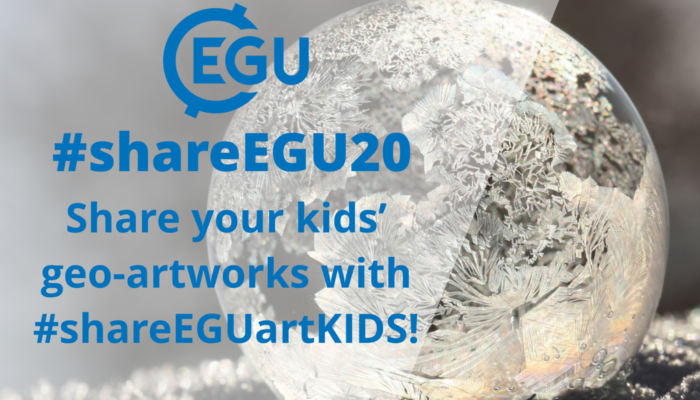Right now, many researchers and academics are worried that the current situation will negatively affect our careers. We are all searching for ways to minimize the impact of working from home, not being able to collect data or exchange thoughts with colleagues on a daily basis. But worries around the impact of the COVID-19 outbreak on employment security are even worse for Early Career Scientists ...[Read More]
#shareEGU20: meet the EGU Early Career Scientist Representatives (pt1)!




